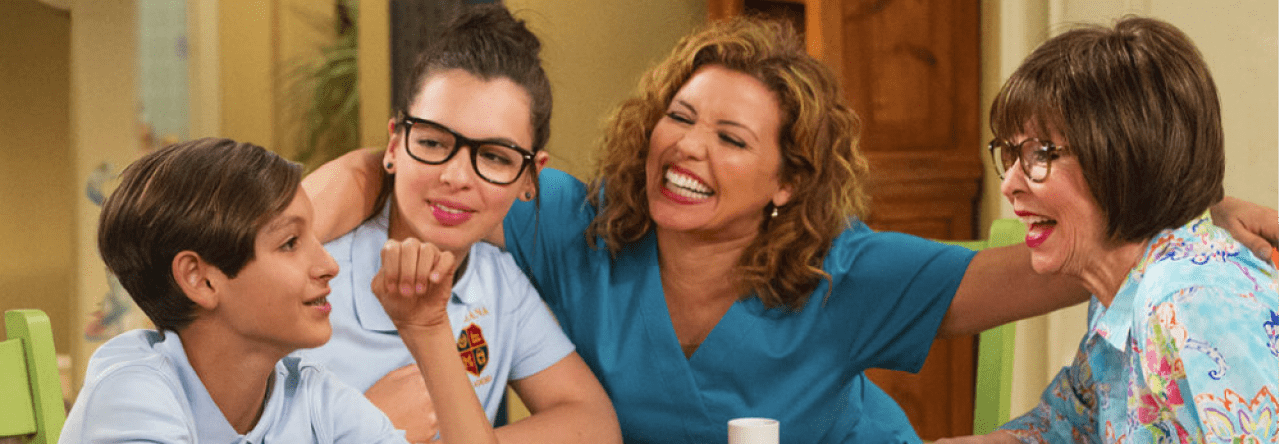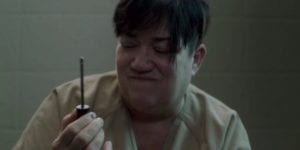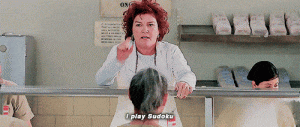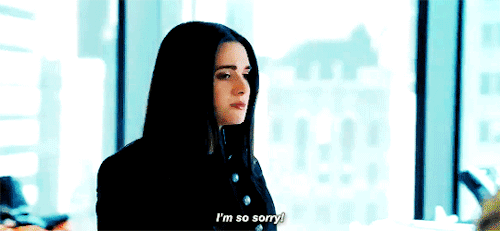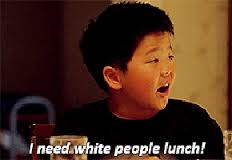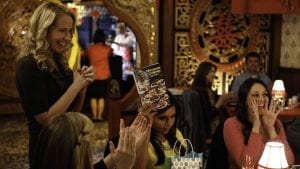The second season of Grey’s Anatomy argues about a common but very controversial theme in the entire world: Adultery. This world-wide issue (being the cause of divorce of approximately 40% of the couples in the United States) is covered in the show through three different stages:
- Finding out
- Acting
- Moving on
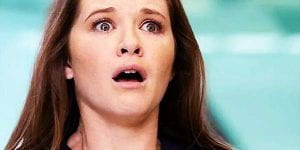
My face when I find out someone was actually capable of cheating on Derek Shepherd
For phase 1, during the first episode of season 2, Derek (the one who was cheated on) tells the story of how he caught his wife and his best friend cheating on him in his own bed. He describes the thoughts he had in that moment like “knowing what was happening and what he was about to see, but being unable to accept and recognize it”, which is a very common reaction, known as “denial”, for every human being that has had to deal with a situation like this one. The representation of this first stage is deeply important as it argues that although not everyone has the same experience, it is okay, and normal, to want to ignore the situation… basically, is something we weren’t born or prepared for.
When analyzing phase number 2, the show represents “acting out” through the fact that Derek, instead of staying to figure things out with his wife, took the decision of avoiding the situation, leaving everything behind, and simply moving to another state. Although many people would argue that ignoring the facts isn’t the right path to solve things, what the show’s really debating is that none of us are perfect, so we shouldn’t be afraid to run away or act “insanely” fast when we fear we are going to get more hurt than what we are. Additionally, running away or kicking someone out is actually one of the most common reactions human beings can have, reason why a great percentage of the audience would probably relate to the story that was being told on screen.
The last phase is, for me, the most important stage as it argues that no matter how bad a situation may seem or how destroyed you may feel, the last thing someone can lose is hope. After everything that happened, Derek was able to start moving on when he met Meredith. He described the relationship with her like “getting fresh air when he felt he was drowning”, meaning that there’s always a chance to get something better, something we deserve, and that no one should stop us from fighting for our happiness.

No caption needed. This story is way better than what Derek was living at NYC
In general, the show argues that adultery does happen, and it happens a lot, however, one shouldn’t neither feel guilty about its reaction towards the situation nor give up of finding something better in the future.
